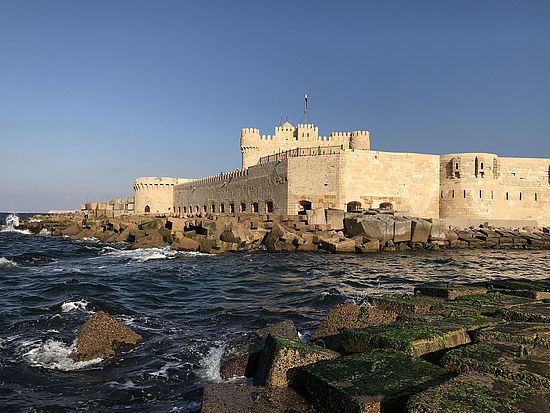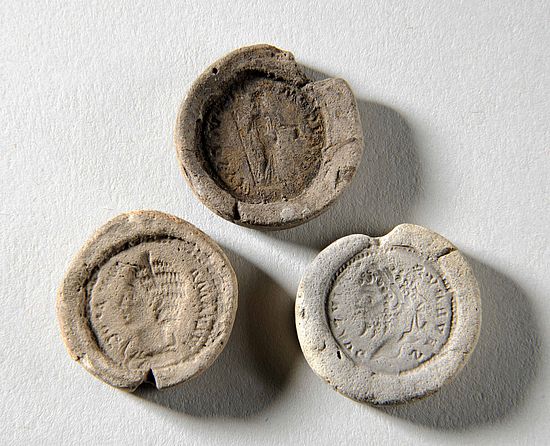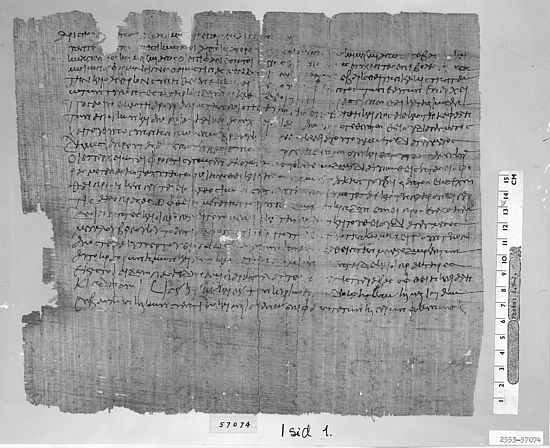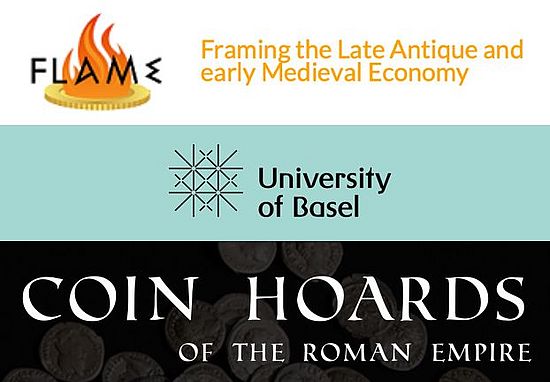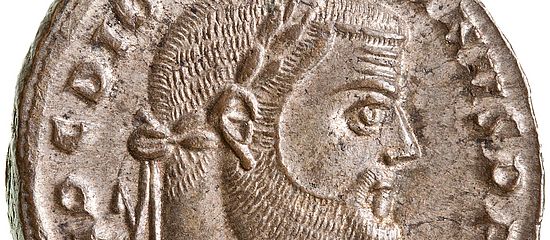
Forschungsfonds-ProjectNomismation: Measuring Monetary Integration in the Late Roman Empire
The purpose of this project is to develop a database of fourth and fifth century coins found in Egypt in order to study and statistically measure the actual monetary integration of the province with Europe, North Africa, and the Middle East during its first unified currency system under the Roman Empire.
Throughout the first 350 years of the Roman Empire, provincial coinages played an important role in the Eastern provinces of the Empire and circulated in tandem with imperial coinages, the latter of which were mostly minted in Rome. Egyptian coins were the exception, as the province maintained a closed currency system, and used different denominations, weights, and even metals for its coinage. It also had only one official mint in Alexandria. Starting in 287, Diocletian instituted empire-wide economic reforms, one of which introduced a new set of coinages in 294, and another which instituted an abolition of Egypt’s isolated monetary zone, which took effect in 297/98. For over six centuries, entering Egyptian territory had necessitated the exchange of currency at its borders. While this practice allowed very close control of the metal supply and the minting schedule, as well as the extraction of coinage within the province, it separated Egypt from the rest of the Roman Empire. Egypt’s isolated economic status relative to the rest of the provinces was a characteristic that strongly challenged Diocletian’s political ideal of a stable empire. Furthermore, during periods of rebellion, usurpers were known to mint their own coins. Thus, after the revolt of L. Domitius Domitianus in 297/298, Diocletian Egypt’s separate currency system could have been perceived as an invitation for further political unrest.
After the tumultuous third century, political unity was sought during Diocletian’s Tetrarchy and lasted throughout the fourth and fifth centuries, allowing for the development and integration of trade within the Empire. The western provinces of the Roman Empire, however, fell under the control of Germanic tribes after the mid 5th century, ending the millennium-long dominance of Rome in Western Europe. This change marks the end of a unified political and monetary system in Europe, providing economic and monetary historians a chronological time frame in which to test the monetary unity of the Roman Empire, namely between 297/298 CE and 476 CE.
Monetary integration has important implications for understanding the global economy of the Mediterranean and beyond, as we can trace economic links and study trade and commercial relations based on the movement of coins and the economic profile of each province. Assessing monetary integration can also illuminate economic interdependence between differing regions around the Mediterranean, and thus help us understand how the various levels of economic units – local, regional and global – functioned during this important period of human history.
The project is collaborating with Oxford's Coin hoards of the Roman Empire (CHRE) https://chre.ashmus.ox.ac.uk/ and Princeton's FLAME project https://coinage.princeton.edu/









Project Team
Principal Investigator

Dr. Irene Soto Marín
Department of Ancient Civilizations
Institute of Ancient History
Assistant / PostDoc
Office 302
Petergraben 51
4051 Basel
Schweiz
Student Assistants
Quick Links




